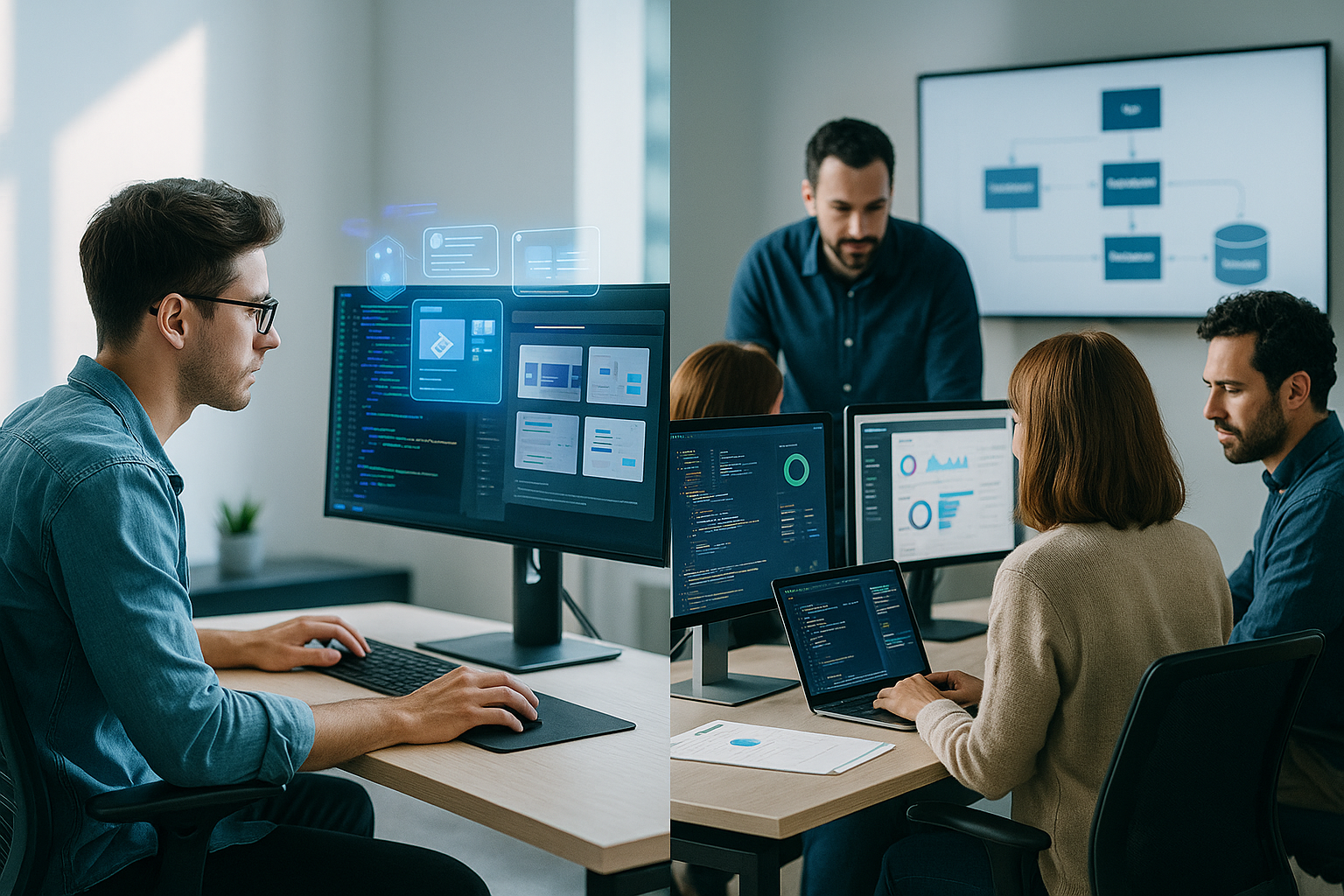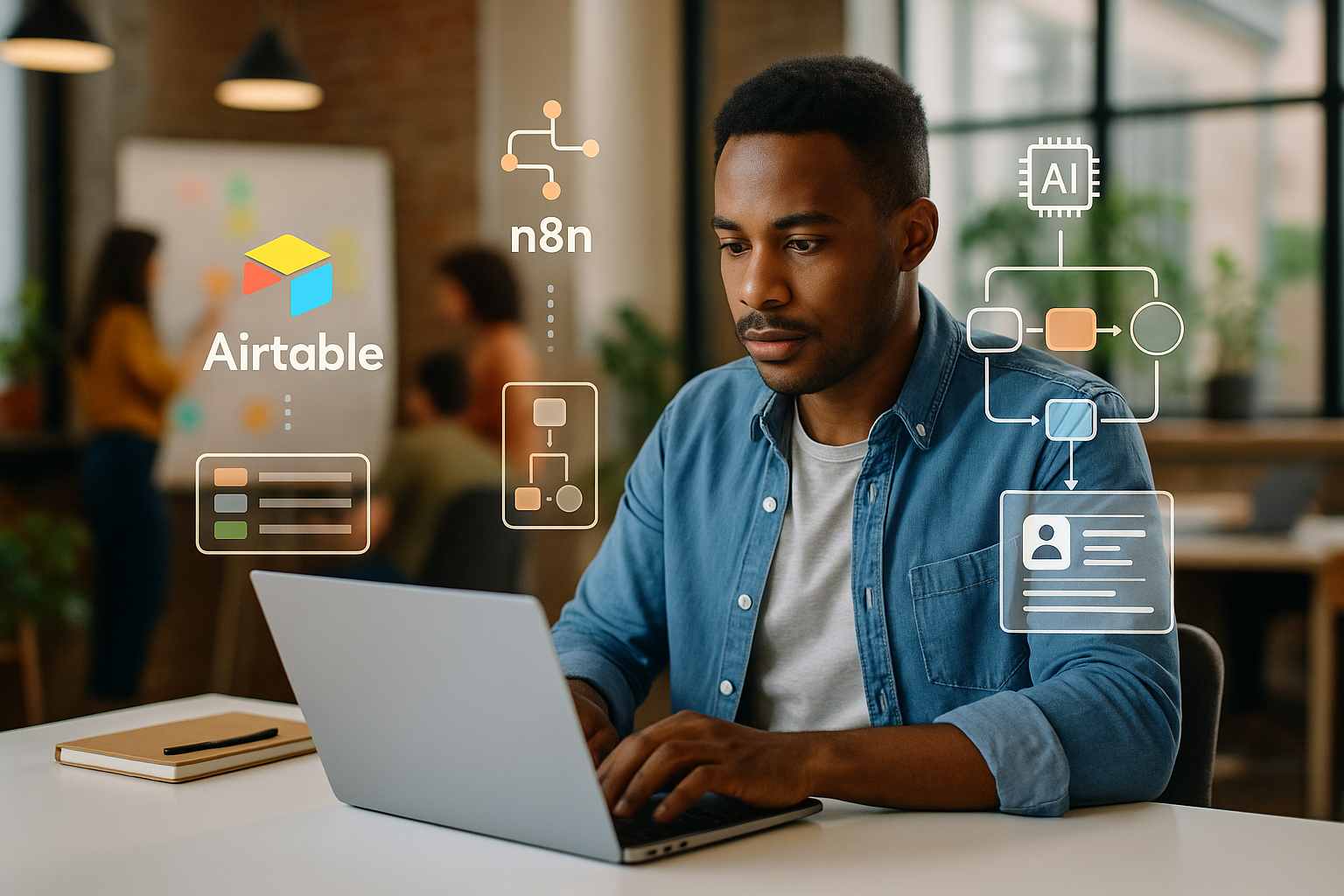Future-Ready Application Development with AI and Scalability in Mind
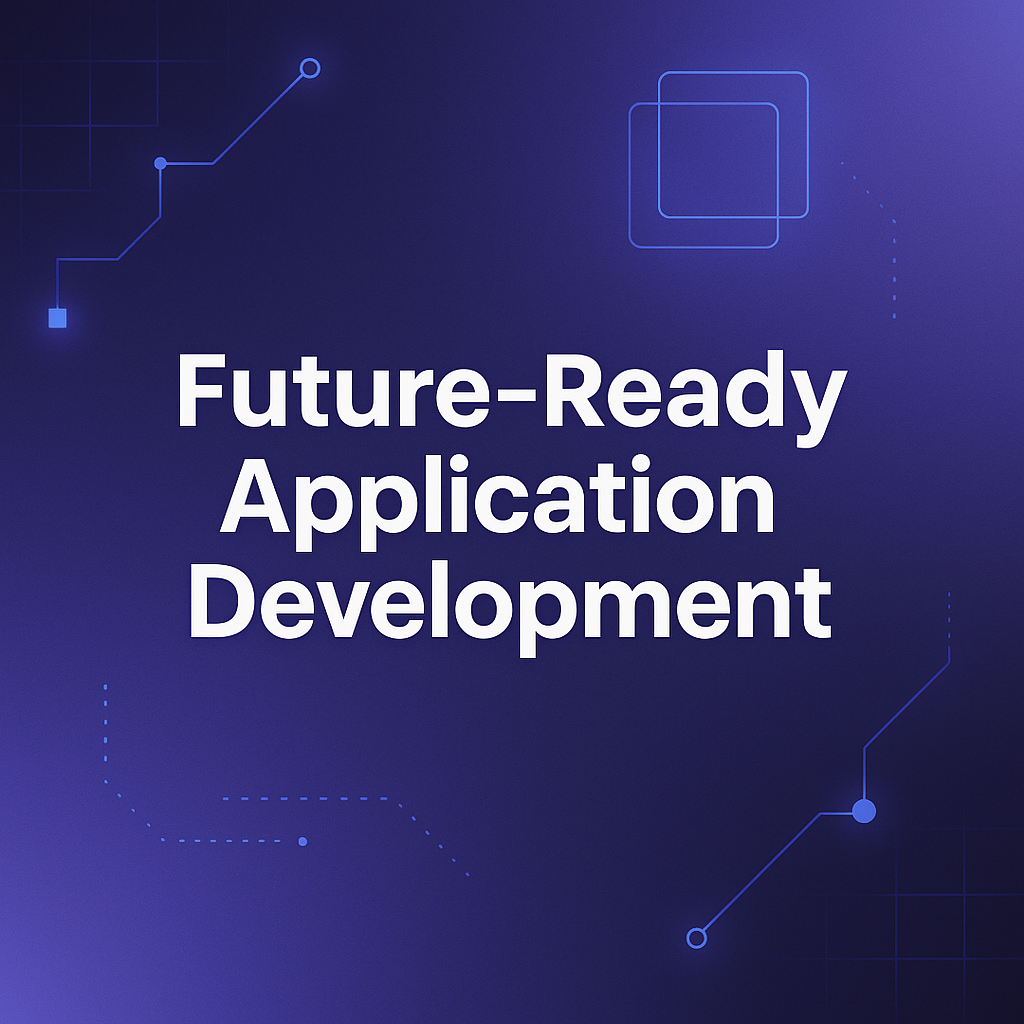

The pace of technological change is relentless. Today’s application development must go beyond "mobile-first" or "cloud-native." It must be future-ready—capable of adapting to emerging technologies, evolving user expectations, and complex business environments.
To do this, teams must integrate AI as a core design principle, prioritize modular and scalable architecture, and think beyond MVPs. They must also prepare for a world where real-time data, distributed intelligence, and user-centered experiences drive success.
At Singular Innovation, we help organizations architect, design, and build systems that are smart by default—AI-ready, adaptable, and structured for longevity.
What Does "Future-Ready" Mean in Application Development?
Future-ready apps are not just current—they're prepared. They are built with architectural resilience, upgradeability, and intelligent capability at their core.
Key characteristics include:
- AI-Native Design: Embedding machine learning, NLP, and predictive logic into the product fabric.
- Composable Architecture: Modular codebases and microservices allow for flexible scaling and iterative growth.
- Cross-Platform Fluidity: Unified experiences across web, mobile, voice, and other interfaces.
- Event-Driven Models: Systems that respond in real-time to user and system-level events.
- Scalability by Design: Ready to grow without sacrificing performance or security.
This approach is not just technical. It’s strategic.
The Strategic Value of Building for the Future
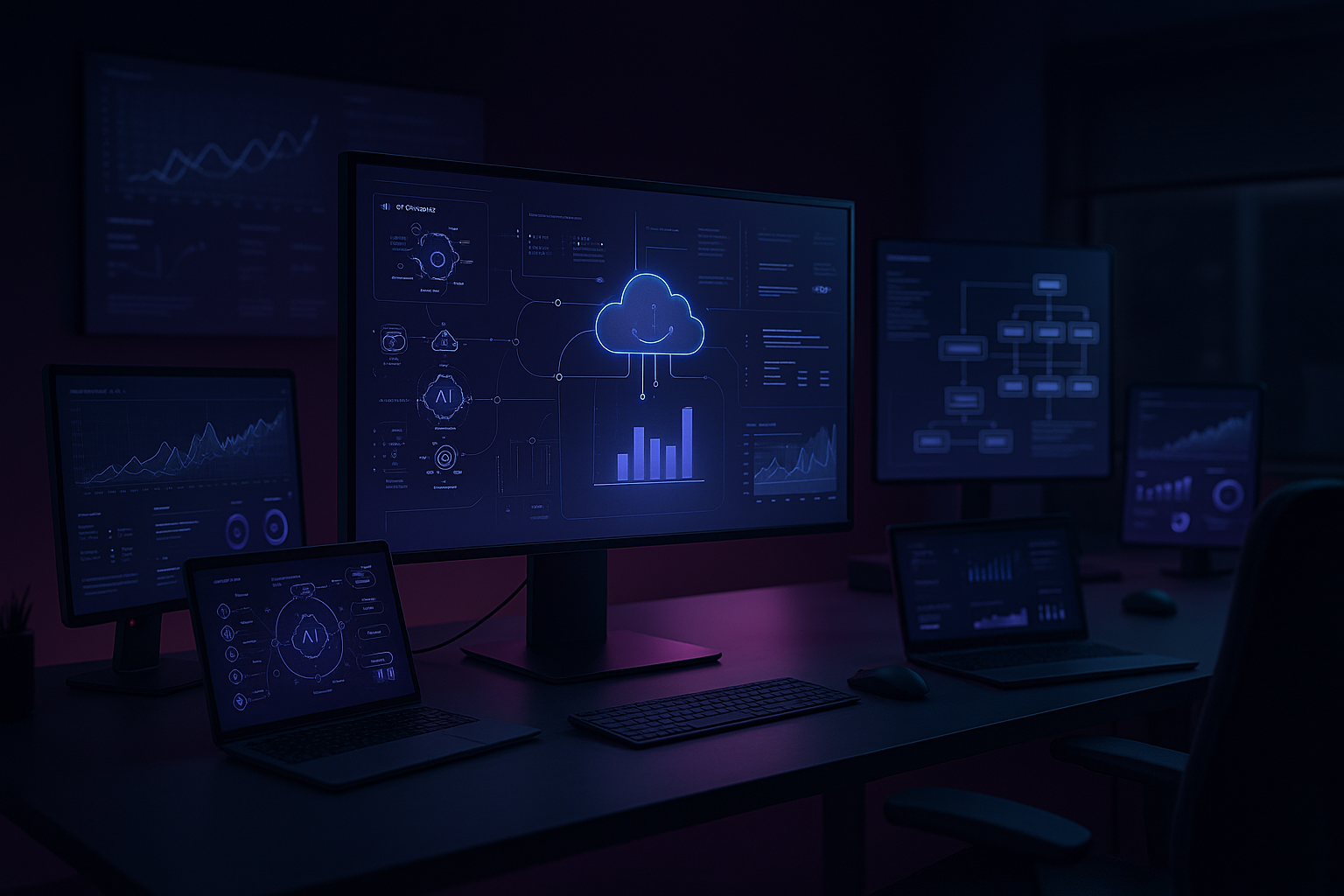
1. Longevity and Adaptability
Markets, technologies, and user behaviors evolve. Applications must evolve too—without costly rebuilds.
2. Competitive Advantage
Being first to adopt AI or deploy seamless experiences across new platforms (e.g. wearables, ambient interfaces) puts brands ahead.
3. Talent and Team Efficiency
Future-ready systems empower cross-functional teams to move faster, reuse components, and maintain quality.
According to Forbes, organizations with future-ready strategies outperform peers in innovation and growth.
Core Pillars of Future-Ready Application Architecture
1. Modular, API-First Architecture
Future-ready apps break down functionality into services that can scale, evolve, and integrate easily. APIs are the connective tissue that enable rapid experimentation and secure interoperability.
2. Embedded AI Capabilities
Applications must shift from static rule-based logic to dynamic learning-based systems. This includes:
- Personalized recommendations
- Context-aware interfaces
- Predictive user flows
- Smart automation
Singular Innovation builds AI frameworks into application cores from day one, using tools like TensorFlow, OpenAI, and custom NLP pipelines.
3. Multi-Surface UX Design
Today’s user may start on desktop, continue on mobile, and complete a task via voice. Future-ready applications ensure consistent, intuitive UX across every surface, including upcoming AR/VR or ambient computing environments.
4. Infrastructure Agility
From containerized services to cloud-native deployments and edge computing, future-ready development leverages platforms like Kubernetes, AWS, and Azure to optimize cost, resilience, and performance.
The Role of AI in Future-Ready Apps
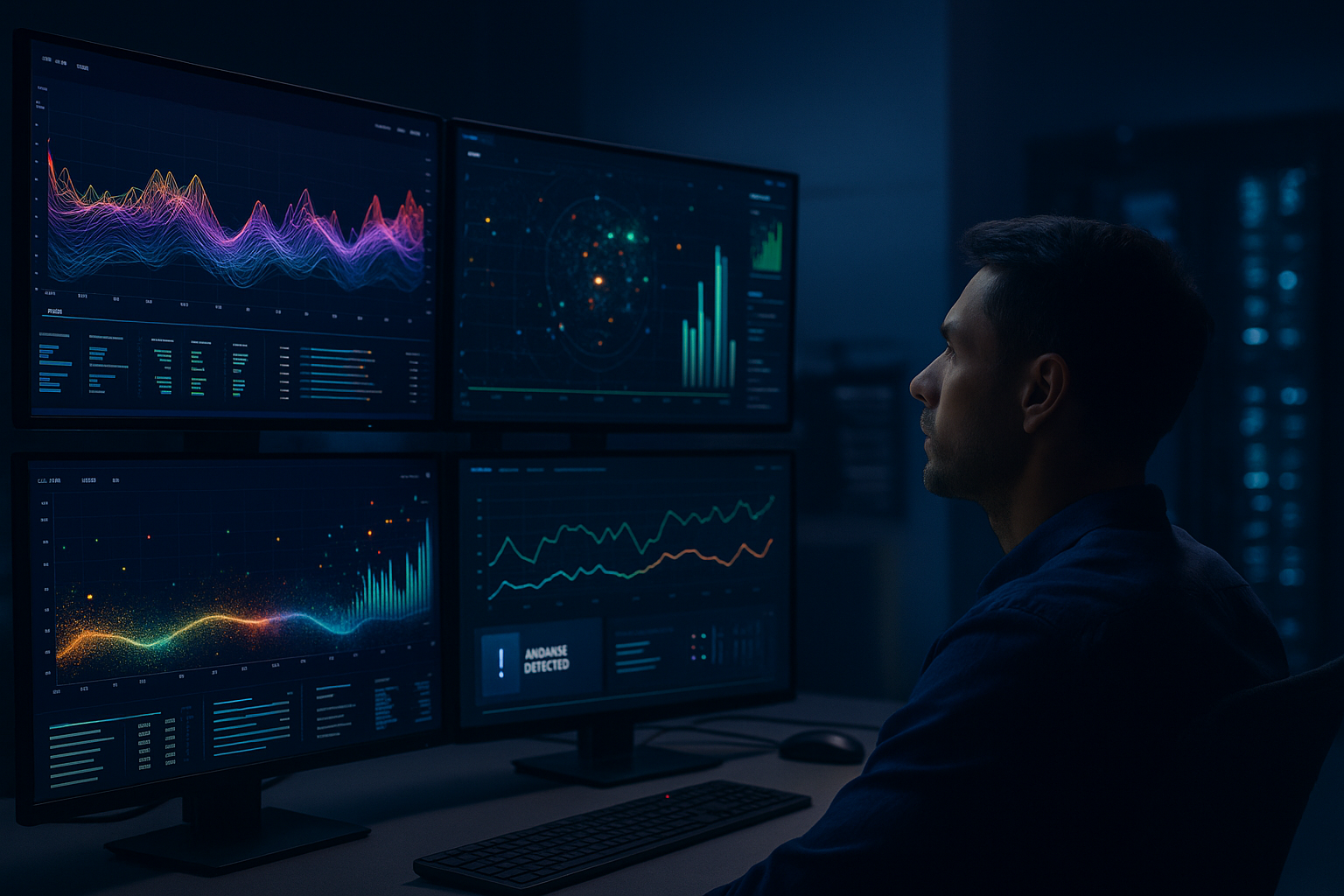
AI enables applications to:
- Learn and adapt from user behavior
- Automate decisions and recommendations
- Improve personalization at scale
- Detect anomalies and act in real time
For example, an AI-native e-commerce platform can personalize the shopping experience per session, optimize inventory based on trends, and trigger marketing automation based on predicted drop-off.
Singular Innovation develops systems with embedded AI layers, designed to integrate cleanly into business logic without creating tech debt.
Singular Innovation’s Approach to Next-Gen Development
At Singular Innovation, we:
- Co-create architecture with your team to ensure flexibility, clarity, and alignment
- Integrate AI modules natively, not as an afterthought
- Design for scale from the start, avoiding costly refactors later
- Bridge UX, development, and data science into one workflow
We believe future-ready systems should be:
- Smart by default
- Ready to scale
- Flexible to evolve
- Fast to deploy
Our team builds on modern frameworks like React, Next.js, Node, Python, and Flutter, combined with leading AI libraries and cloud orchestration tools.
Case Example: From Static Platform to Smart System
A mid-sized SaaS company approached us with a goal: modernize their customer portal.
Initial limitations:
- Monolithic legacy codebase
- No personalization or adaptive logic
- Expensive to scale
Singular’s solution:
- Rebuilt platform on modular architecture
- Integrated conversational AI layer
- Added predictive behavior engine to recommend services
- Shifted to cloud-native and containerized deployment
Results:
- 3x faster page load speeds
- +28% increase in engagement
- 40% lower infrastructure costs
- Scalable codebase for future features
Practical Steps to Start Building Future-Ready Applications
- Audit your current stack – identify technical debt, silos, and brittle components
- Define future-facing use cases – where will your users be in 2–5 years?
- Start with modular architecture – invest in API-first thinking
- Build AI-readiness into the foundation – design data flows and decision logic from the start
- Choose the right tech partners – with proven experience in scalable, intelligent systems
Singular Innovation offers discovery sessions to help map where you are—and where you could go—with future-ready development.
Resources to Explore
- Forbes: Future-Ready Digital Strategy
- Thoughtworks: Evolutionary Architecture Principles
- McKinsey: Scaling AI for Competitive Advantage
- Google Cloud: Application Modernization Guide
Conclusion
Future-ready application development is not about predicting the next big thing—it’s about preparing your systems to evolve with change.
From embedded AI to scalable microservices, the next generation of software must be designed to adapt, scale, and stay intelligent over time.
Singular Innovation is your partner in building smart, flexible, and scalable solutions that align with your future vision.
🚀 Book a free 30-min strategy session with our team. Let’s build what’s next, together.
Heading
Dolor enim eu tortor urna sed duis nulla. Aliquam vestibulum, nulla odio nisl vitae. In aliquet pellentesque aenean hac vestibulum turpis mi bibendum diam. Tempor integer aliquam in vitae malesuada fringilla.
Mi tincidunt elit, id quisque ligula ac diam, amet. Vel etiam suspendisse morbi eleifend faucibus eget vestibulum felis. Dictum quis montes, sit sit. Tellus aliquam enim urna, etiam. Mauris posuere vulputate arcu amet, vitae nisi, tellus tincidunt. At feugiat sapien varius id.
Heading 3
Eget quis mi enim, leo lacinia pharetra, semper. Eget in volutpat mollis at volutpat lectus velit, sed auctor. Porttitor fames arcu quis fusce augue enim. Quis at habitant diam at. Suscipit tristique risus, at donec. In turpis vel et quam imperdiet. Ipsum molestie aliquet sodales id est ac volutpat.
Tristique odio senectus nam posuere ornare leo metus, ultricies. Blandit duis ultricies vulputate morbi feugiat cras placerat elit. Aliquam tellus lorem sed ac. Montes, sed mattis pellentesque suscipit accumsan. Cursus viverra aenean magna risus elementum faucibus molestie pellentesque. Arcu ultricies sed mauris vestibulum.
Heading 4
Morbi sed imperdiet in ipsum, adipiscing elit dui lectus. Tellus id scelerisque est ultricies ultricies. Duis est sit sed leo nisl, blandit elit sagittis. Quisque tristique consequat quam sed. Nisl at scelerisque amet nulla purus habitasse.

Heading 5
Morbi sed imperdiet in ipsum, adipiscing elit dui lectus. Tellus id scelerisque est ultricies ultricies. Duis est sit sed leo nisl, blandit elit sagittis. Quisque tristique consequat quam sed. Nisl at scelerisque amet nulla purus habitasse.
"Ipsum sit mattis nulla quam nulla. Gravida id gravida ac enim mauris id. Non pellentesque congue eget consectetur turpis. Sapien, dictum molestie sem tempor. Diam elit, orci, tincidunt aenean tempus."
Heading 6
Nunc sed faucibus bibendum feugiat sed interdum. Ipsum egestas condimentum mi massa. In tincidunt pharetra consectetur sed duis facilisis metus. Etiam egestas in nec sed et. Quis lobortis at sit dictum eget nibh tortor commodo cursus.
What is Singular Innovation
Lorem ipsum dolor sit amet, consectetur adipiscing elit. Suspendisse varius enim in eros elementum tristique.


